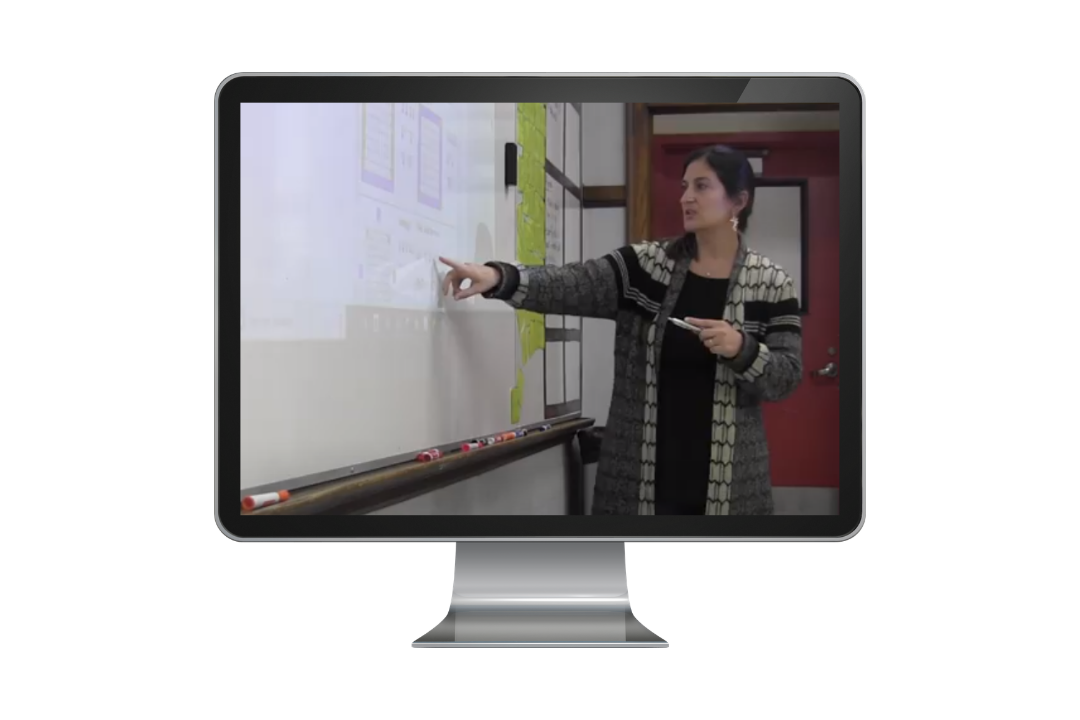
FEEL LIKE YOUR KIDS ARE BEHIND?

GET MY ENTIRELY FREE RESOURCE BUNDLE:
10 High-Impact Strategies & 'How To' Guides, Daily Planning Guide, & Deficit vs. Asset-Based Language in Math Chart
FEEL LIKE YOUR KIDS ARE BEHIND?

CUSTOM JAVASCRIPT / HTML
Description:
Did you know that many of the things we’ve been taught to value and to strive for are actually harming us? Not only that, but they are harming students, too? As a culture, we’ve been taught that certain ways of being are the ideal - that they are the things we must embody to be successful, to fit in, or to stay safe. However, the truth is that what we think is “normal” is actually white supremacy culture. In this episode, my guest, Adrienne Williams, shares what white supremacy culture is, why it’s something worth talking about, and how it commonly shows up in schools. Additionally, you’ll hear how it’s harmful to you, your colleagues, and your students AND three questions you can ask to begin interrogating white supremacy culture at your school.
Summary & Highlights:
In this episode, Chrissy interviews Adrienne Williams, a Director of Content at Teaching Lab, a non-profit aimed at shifting what professional learning looks like through empowering teachers and focusing on high quality instructional materials. In their conversation, Adrienne shares:
- a definition of white supremacy culture from dismantlingracism.org
- 15 pillars of white supremacy culture from dismantlingracism.org
- why it’s important to question and interrogate where the pillars exist in our schools and classrooms, and the negative effect they are having
- the difference between white supremacy culture and white supremacists
- what white supremacy culture looks like and how it shows up in schools
-
the negative impact of sense of urgency on teachers and students at the classroom, school, and district level
-
3 questions you can use to interrogate white supremacy, specifically sense of urgency, in your classroom or school: (1) INPUT: What policies or structures are in place that create urgency? In what ways am I (as the teacher or leader) communicating a sense of urgency? (2) OUTPUT: What information do we have about the impact of those policies, structures, and communication on our student outcomes and performance data? (3) EXPERIENCE: How does the sense of urgency affect student, teacher, and staff experience? How is the impact different for people of color?
Resource Links:
PDF resource about White Supremacy Culture by Tema Okun from dismantlingracism.org
Connect with Adrienne Williams:
LinkedIn: Adrienne Williams
Twitter: @msadrienneames
Email: [email protected]

